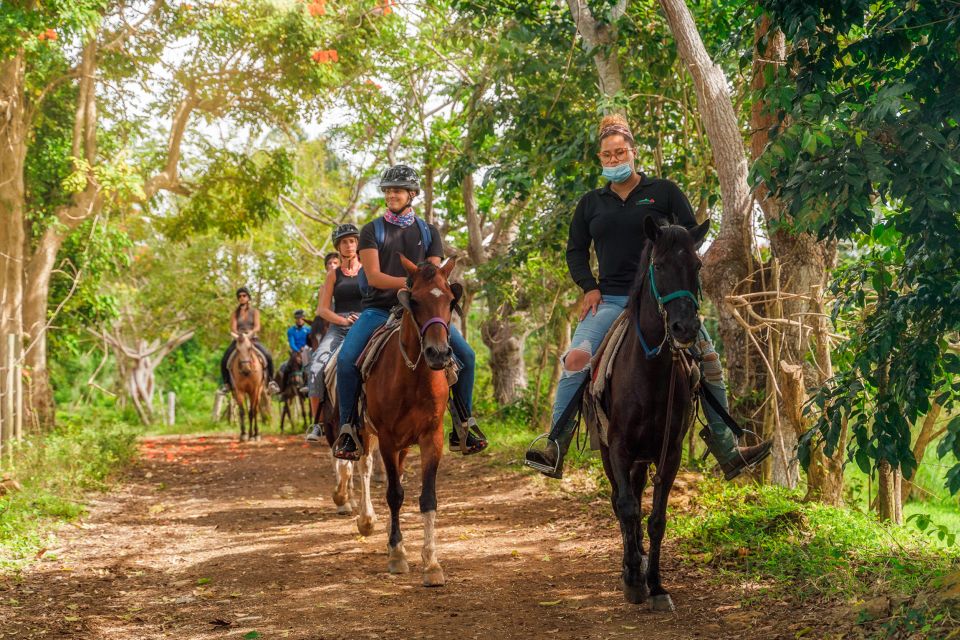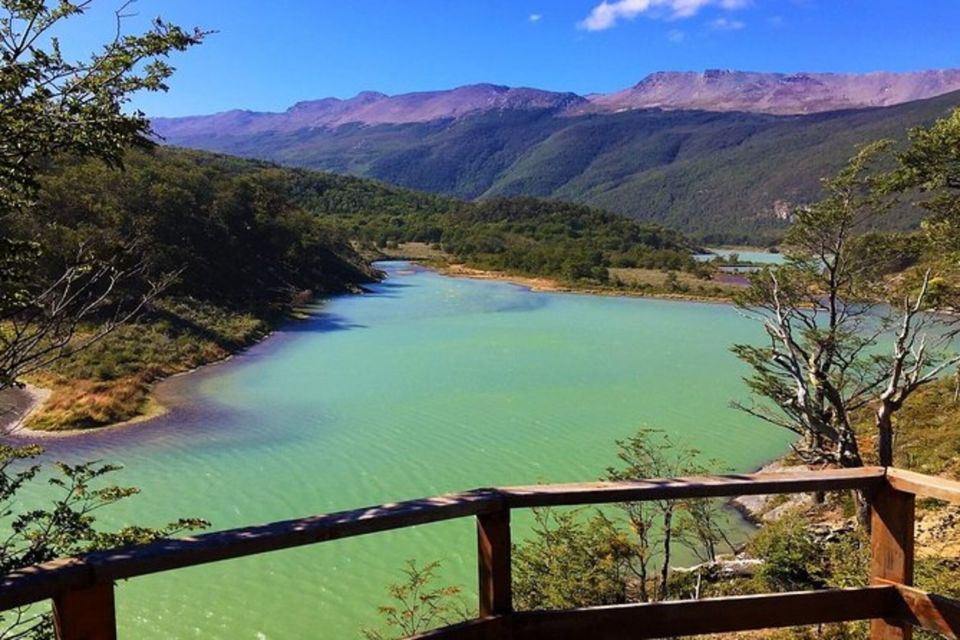There’s a lot to see and do in Havana. From the stories and monuments that represent the Revolution, to getting to know the culture and people of Cuba through their music and food, this UNESCO World Heritage Site is a must-visit.
One of the best ways to get around is on an open-air bus that takes you all over the city with a hop-on-hop-off pass. It’s a fun way to get your bearings and is also the best way to get out of the hot sun!
El Capitolio
Designed after the Capitol in Washington, DC (but actually a lot taller and bigger), El Capitolio is one of the must-see Havana landmarks. Its large scale and intricately inlaid marble floors are impressive.
You can visit El Capitolio during the day and take a guided tour of the interior in Spanish or English, but if you're short on time we recommend you just go and admire it in all its glory! During the day, the building is surrounded by formal gardens.
Its entrance hall has a replica of the 25-carat diamond that marked Kilometer Zero in Cuba. It was stolen in 1929, but it was eventually recovered and returned to the Cuban government.
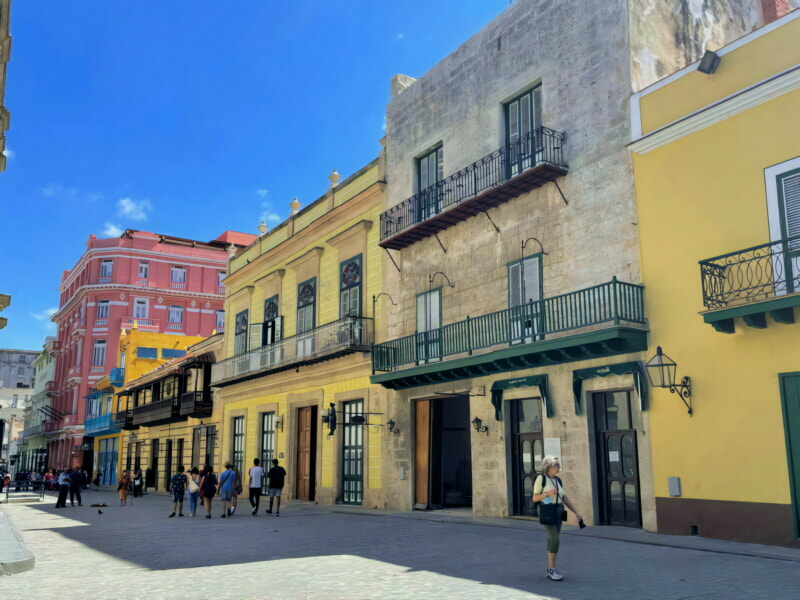
La Catedral de La Habana
The Cathedral of San Cristobal de la Habana is one of Old Havana’s most iconic landmarks. Known for its baroque facade and asymmetrical towers, the church was built from blocks of deep sea coral cut into stone.
It is one of eleven Catholic cathedrals in Cuba and sits between the streets of San Ignacio and Mercaderes in what used to be called Plaza de la Cienaga. The square is also home to some of Old Havana’s most important heritage sites.
As you would expect, this is a very popular place to visit in Old Havana. The plaza is bustling with restaurants and music. It’s worth getting there early to get a good spot for taking in the view.
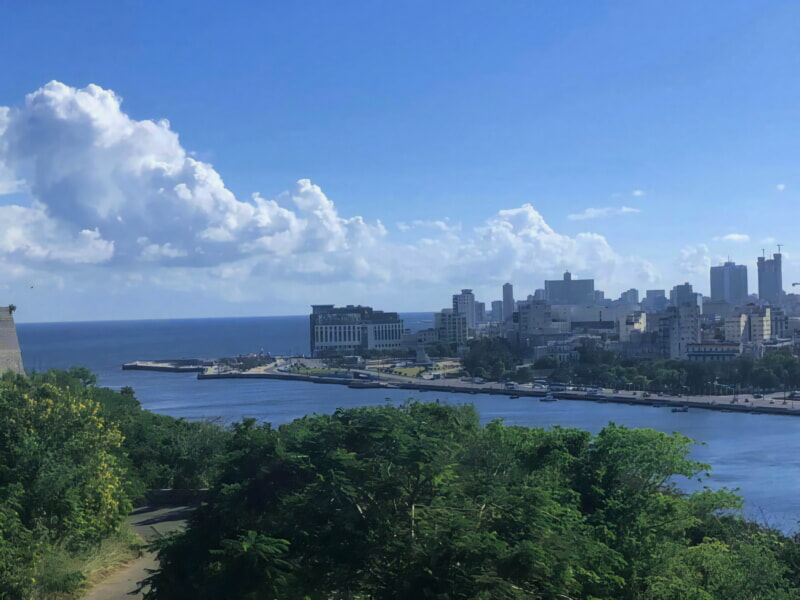
St Francis of Asisi Church and Convent
The basilica of St Francis of Asisi is a baroque-style church and convent on Plaza de San Francisco. It is a UNESCO World Heritage Site.
The church was built in the 16th century and restored in the 17th century. It is one of the most sumptuous religious temples in Cuba, featuring mural paintings by renowned artists.
A statue of Saint Francis of Asisi stood on the bell tower but it was destroyed by a cyclone in 1846.
This historic church has since been converted into a concert hall with great acoustics and now houses the Museum of Religious Art. It displays a variety of paintings, silver objects and carvings, as well as archaeological pieces.
The church also contains the Christ of Havana, a sculpture representing Jesus of Nazareth. It was carved out of white Carrara marble and is 66 feet tall with a 10-foot base. It weighs approximately 320 tons.
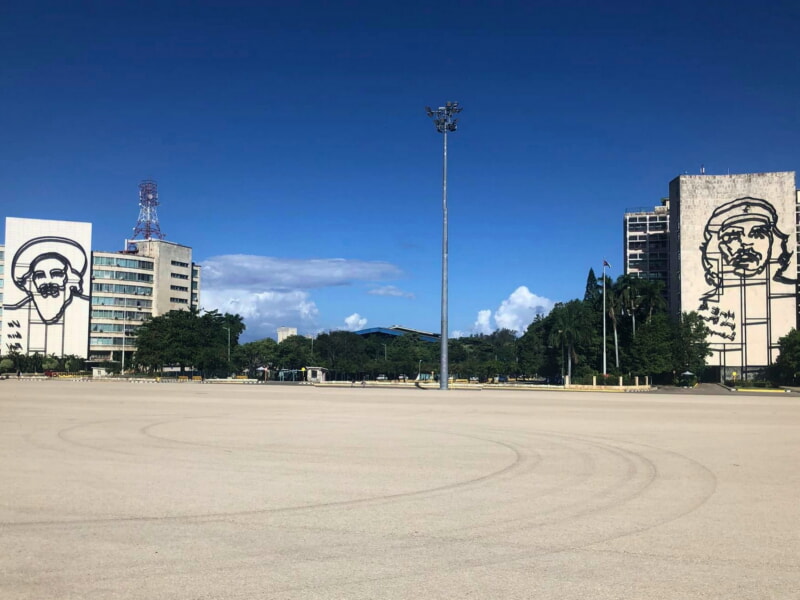
Plaza de Armas
The Plaza de Armas is the main square of Old Havana and was built in the 1600s. It is surrounded by a monument to Carlos Manuel de Cespedes, an important figure in Cuban history who freed slaves and paved the way for Cuba’s independence.
You can find many restaurants and cafes on the plaza that serve great food and a variety of drinks. It’s a perfect place to sit and relax after a day of sightseeing.
Another option is to go up to the rooftop of a hotel and enjoy a drink with a stunning view. The historic Hotel Nacional has a stunning terrace overlooking the Malecon and is well worth checking out for a sunset meal or drinks.
If you want to get a real taste of the Cuban culture, make sure to visit Fabrica de Arte (The Factory of Arts). This incredible gallery and nightclub features live music and art exhibitions from all over the world.
Finca Vigia
Finca Vigia, located on the outskirts of Havana, was home to one of the greatest writers of all time, Ernest Hemingway. Here he wrote For Whom the Bell Tolls and The Old Man and the Sea.
After Hemingway moved away, he donated his former home to the people of Cuba. Although it’s been abandoned since the 1960s, the house is largely untouched, and a visit will give you plenty of opportunities to peek in through windows.
Besides the house itself, the grounds have many other interesting tidbits to explore, such as Hemingway’s pet cemetery and his famous fishing boat Pilar. The Finca Vigia Foundation has been raising money for restoration and preservation efforts for the last decade.
